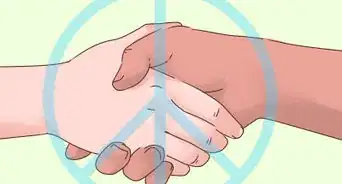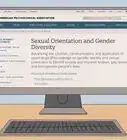This article was co-authored by Deb Schneider, LCSW, PPSC. Deb Schneider is a Licensed Clinical Social Worker in private practice in Oakland, CA, and a Program Manager for the Weiland Health Initiative at Stanford University. With over 15 years of experience, she specializes in creating safe spaces, respectful of marginalized identities, at the high school and college levels. Deb holds a Bachelor’s degree in Sociology and Women's Studies from Clark University and a Master of Social Work (MSW) with Health Concentration from the University of California, Berkeley School of Social Welfare.
There are 8 references cited in this article, which can be found at the bottom of the page.
This article has been viewed 12,138 times.
Sexual identity, which includes sexual orientation, gender identity, and gender roles, is influenced by a variety of social and cultural factors and shapes sexual behavior. Sexual identity can be thought of as a continuum that changes over time and in response to changing circumstances. This article can assist you if you are trying to better understand sexuality or if you want to establish a sexual orientation.[1]
Steps
-
1Think about past experiences. Maybe as a younger child or as a teen you had a crush on a celebrity the same gender as you. Or you may have had a crush on a close friend or classmate in school.
-
2Ask yourself questions. Sexual thoughts, fantasies, or experiences with people of the same sex or gender are okay. Observing how these affect you may assist you in making sense of your sexuality.[2]
- Are you romantically involved with someone who is the same or a different gender?
- Do you sometimes have sexual feelings for someone of your own gender?
- Does your ideal partner have a specific gender?
- Could you see yourself dating any person, regardless of their gender, sexuality, or sex?
Advertisement -
3Learn about different types of attraction. [3] [4]
- Sexual attraction: the desire for sexual contact or the expression of sexual interest in another person (s).
- Romantic attraction: the desire for romantic contact or interaction with another person or people.
- Aesthetic attraction: when someone admires the appearance or beauty of another person(s) without being attracted to them sexually or romantically.
- Sensual attraction: the desire to interact with others in a tactile, non-sexual way, such as hugging or cuddling.
- Emotional attraction: a desire to learn more about someone based on their personality rather than their physical appearance. Most relationships, from platonic friendships to romantic and sexual relationships, have this type of attraction.
- Intellectual attraction: a desire to engage in intellectual activity with another person, such as conversing with them or "picking their brain," and it has more to do with what or how a person thinks rather than the person themselves.
-
4Educate yourself on sexual orientations. [5]
- Straight/heterosexual: A person who is only attracted to people of a different gender.
- Lesbian: a woman or non-binary person who is only interested in other women or non-binary people.
- Asexual: a person who has little or no sexual attraction to others. Asexual people, contrary to popular belief, can still have romantic feelings for others and may even have sex with their partners.
- Demisexual: a person who only feels sexual attraction after forming an emotional bond with another person.
- Bisexual: a person who is attracted to two genders.
- Pansexual: a person who is sexually attracted to people of all genders and has no preference.
- Queer: a person who prefers not to wear a label, and is attracted to whoever they are attracted to. Queer is also used for folks who are not straight or cisgender.
- Questioning: a person who is questioning their sexual orientation. This is a sexuality in itself.
-
5Look for ways to learn more about different sexual orientations. Examine the Internet for articles, books, fiction, blogs, music, television shows, and video games. Talk to LGBTQ individuals you know and trust about how they came to terms with their sexuality. Some people find it beneficial to communicate with LGBTQ folks in online support communities. You might find it useful to learn about local LGBTQ community events for people your age. If you don't want to share your sexuality, it's okay to go along as an ally. [6]
-
6Learn about different romantic orientations. [7]
- Individuals who do not experience romantic attraction to people of any gender are described as aromantic (s)
- Romantic attraction to both males and females is known as biromantic attraction.
- Heteroromantic: romantic attraction to someone who is not of the same gender as you.
- Homoromantic attraction: romantic attraction to people of the same gender.
- Panromantic attraction is romantic attraction to people of all genders (s)
- Polyromantic: romantic attraction to a variety of genders, but not all of them.
- Individuals who do not frequently experience romantic attraction are described as gray-romantic.
- Demiromantic: a person who does not experience romantic attraction until after forming a strong emotional bond. Those who identify as demiromantic may choose to specify the gender(s) of those to whom they are attracted (e.g. demi-homoromantic).
-
7Know that you don't have to 'settle' on a sexual orientation. You don't have to put a label on yourself if you don't want to. It's your choice how you make it; the label has no say. If you don't feel comfortable with a label, you don't have to put one on yourself in any way; just be yourself. [8]
References
- ↑ https://www.brightfutures.org/development/adolescence/sexual-identity.html
- ↑ https://www.brightfutures.org/development/adolescence/sexual-identity.html
- ↑ https://lgbtq.unc.edu/resources/exploring-identities/asexuality-attraction-and-romantic-orientation/
- ↑ https://lgbtq.unc.edu/resources/exploring-identities/asexuality-attraction-and-romantic-orientation/
- ↑ https://www.wikihow.com/Understand-LGBT%2B-Terminology
- ↑ https://kidshelpline.com.au/teens/issues/sexual-identity
- ↑ https://lgbtq.unc.edu/resources/exploring-identities/asexuality-attraction-and-romantic-orientation/
- ↑ https://kidshelpline.com.au/teens/issues/sexual-identity
- https://www.brightfutures.org/development/adolescence/sexual-identity.html



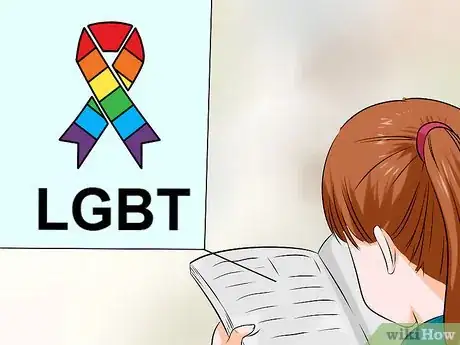

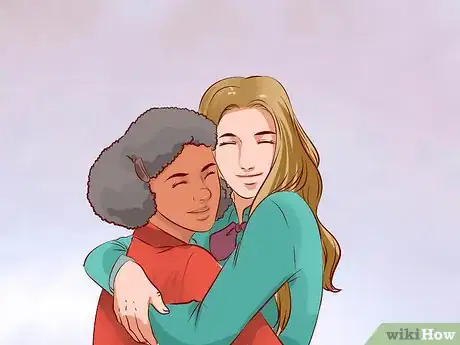


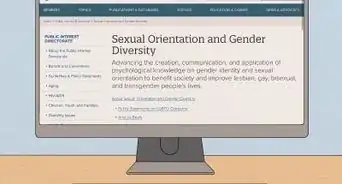



-Step-14-Version-2.webp)
-Step-16.webp)



